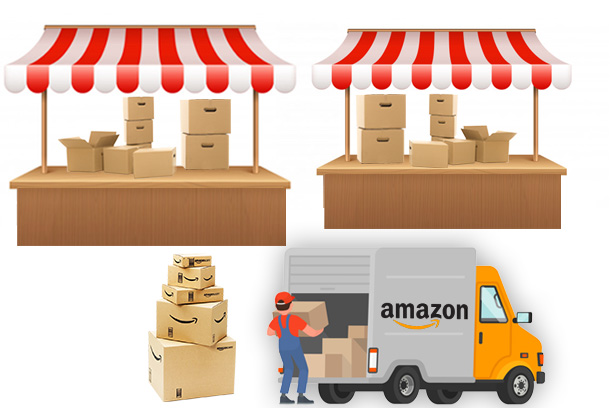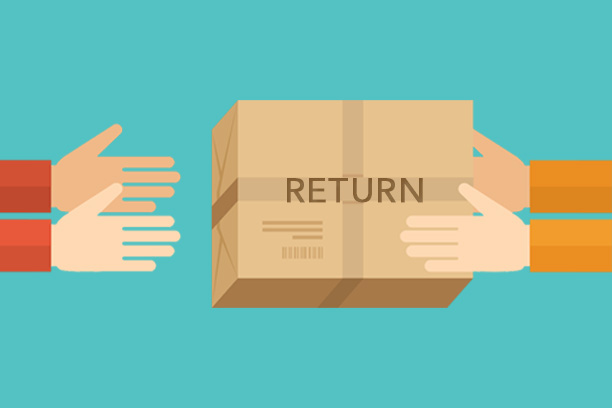Amazon FBA Commingling
Commingling-Shmommingling

What is it?
Commingling inventory is essentially pooling your inventory with the inventory of other sellers at Amazon’s fulfilment centre, all of which are grouped by Amazon based on their product ID. Amazon packs, ships, and provides customer service for those products just as it does with all FBA orders.
Commingled inventory means that Amazon has no record of what inventory is yours and which is potentially another seller’s. Amazon knows you have X units in stock, but they are mixed with the same items of other sellers.
Pros
By letting Amazon merge all stock of the same items, it means Amazon warehouses are more efficiently designed and pickers have just one place to find items for orders. Essentially, the first perks is speed – your orders will get out the Amazon warehouse door a bit faster on average.
The second perk is cost and time. Without commingling, you must apply the Amazon label to every product box. Or you must pay Amazon to do it. Be it Amazon charges or the cost of your warehouse staff’s time, it’s all going to cost. However by using commingling, Amazon will simply rely on the GS1 (original product barcode).
The third perk is really just an extension of the second perk – less chance of human error. Less human action to label every product individually simply means less risk someone puts the label on upside down or missed a carton.


Cons
Well, for starters, how do you get ‘your’ product back if things go wrong and you want to stop FBA services? You can’t. ‘Your’ product got mixed with a few other sellers, so although technically you ‘should’ receive the same items back, they won’t be the same you shipped to Amazon. You may therefore inherit someon else’s bad damaged batch of the same product line.
And what if a seller is being super naughty? Counterfeit products are around on Amazon now more than ever. If your product is mixed with another seller’s, you may be held responsible for counterfeit goods arriving at a buyer’s doorstep. Considering point one, you may receive back items you never bought!
Thirdly, you’re at the mercy of the competitor. What if they shipped the wrong items? What if they shipped the wrong size or colour? What if they accidentally sent a box of Groucho Marx eyes instead of lip balm? The buyer will not be thrilled, and even though it’s not your fault, the error might have your name on it.
